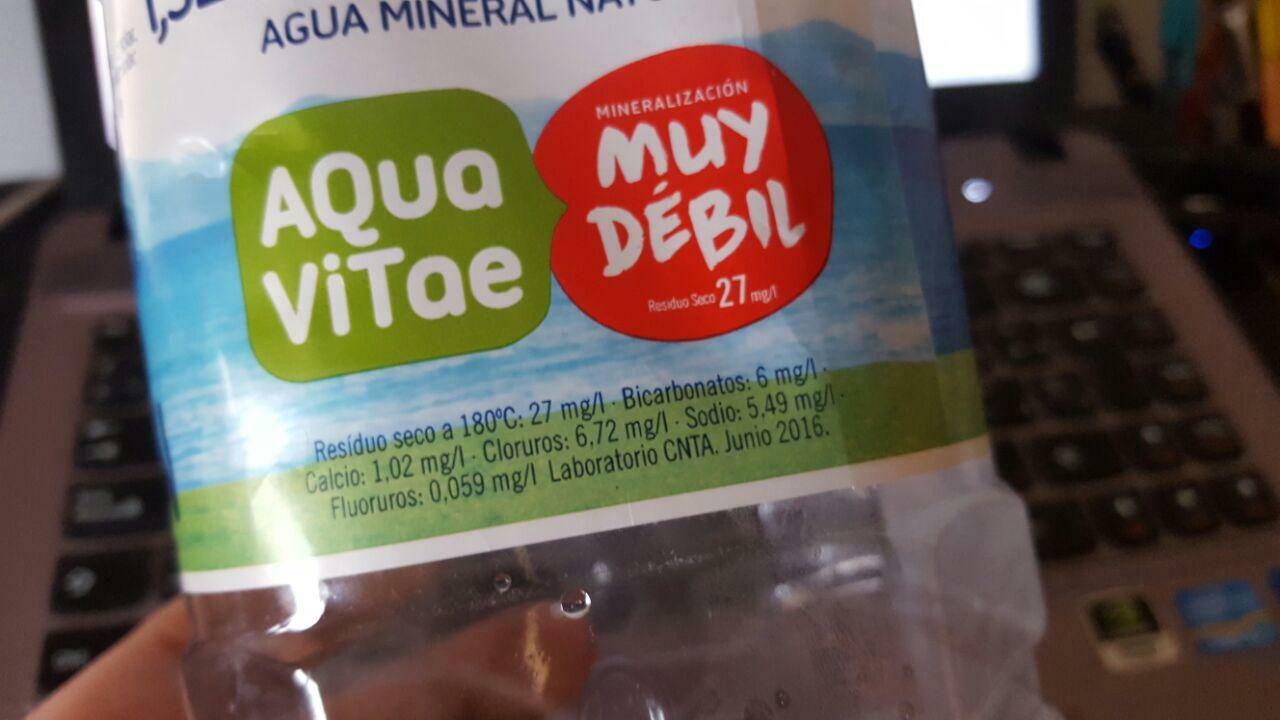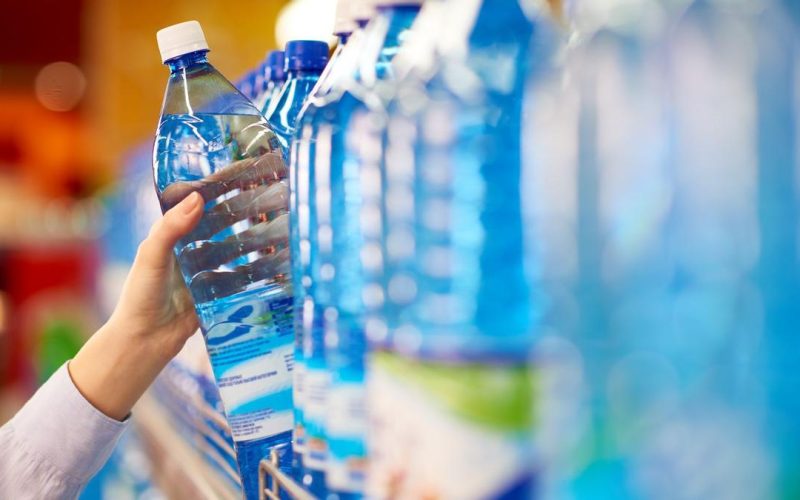Water is an essential element for life, and its mineral content plays a crucial role in human health. However, not all water is created equal. Weak mineralization water, also known as low-mineralized water or soft water, contains a relatively low concentration of dissolved minerals compared to moderately or highly mineralized water. While weak mineralization water may offer certain benefits, it can also pose potential risks, particularly for individuals with specific health conditions.
Defining weak mineralization water
This water is typically characterized by a mineral content of less than 50 mg/L. This low mineral content is primarily due to the geological formations and natural processes through which the water has been filtered and purified. Regions with soft water sources often have granite, sandstone, or limestone bedrock, which are less prone to releasing minerals into the water compared to rocks like dolomite or gypsum.
Causes of weak mineralization water
Several factors contribute to the formation of this type of water:
- Geological factors: The type of bedrock underlying a water source significantly influences its mineral content. Soft water is often found in areas with granite, sandstone, or limestone bedrock, which are less soluble and release fewer minerals into the water.
- Filtration and treatment: Water treatment processes, such as reverse osmosis and deionization, can effectively remove dissolved minerals, resulting in weak mineralization water. These treatments are commonly used in regions with high mineral content to produce potable water.
- Rainfall and surface runoff: In areas with high rainfall, rainwater can quickly infiltrate the ground, bypassing mineral-rich rocks and leading to the formation of weak mineralization water. Additionally, surface runoff from impermeable surfaces, such as paved areas, can collect rainwater and prevent it from interacting with mineral-rich soil layers.
Potential benefits
Weak mineralization water may offer certain advantages, including:
- Reduced soap scum: Soft water forms less soap scum due to the lower concentration of calcium and magnesium ions, which are the primary components of hard water minerals that contribute to soap scum formation.
- Softer skin and hair: Weak mineralization water can leave skin and hair feeling softer and smoother, as it is less likely to strip away natural oils.
- Reduced limescale buildup: Soft water can minimize the buildup of limescale, a hard water deposit that can form on appliances, pipes, and plumbing fixtures.

Potential risks of this water
Despite its potential benefits, this type of water may also pose certain risks:
- Low mineral intake: Individuals who rely solely on weak mineralization water as their primary source of drinking water may not be consuming adequate amounts of essential minerals, such as calcium and magnesium, which are crucial for bone health, muscle function, and nerve regulation.
- Increased sodium absorption: Some water softeners used to treat hard water may introduce sodium into the water. This increase in sodium intake could pose concerns for individuals with hypertension or those on a sodium-restricted diet.
- Environmental impact: The production of weak mineralization water through reverse osmosis or deionization processes can be energy-intensive and generate wastewater with high mineral content, requiring careful treatment and disposal.
Conclusion
This water, with its low mineral content, presents a unique set of characteristics, potential benefits, and potential risks. While it may offer advantages in terms of reduced soap scum, softer skin and hair, and minimized limescale buildup, it is essential to consider the potential for low mineral intake and increased sodium absorption. Individuals should consult with healthcare professionals to determine if the water is suitable for their specific health needs and ensure adequate mineral intake through diet or supplements.
If you liked the content you have read in this article, we invite you to visit other publications that are already published on our website. Next, we recommend you read the following post: Injectable double distilled water

